Geometry Math Worksheets Printable
Geometry math worksheets provide a valuable resource for students to practice and reinforce their understanding of various geometric concepts. From angles and shapes to area and volume, these worksheets offer a structured way for students to engage with and master the subject.
Table of Images 👆
More Math Worksheets
Printable Math WorksheetsMath Worksheets Printable
Printable Math Worksheets Multiplication
Math Worksheets for 2nd Graders
Math Multiplication Worksheets
First Grade Subtraction Math Worksheets Printable
Math Worksheets Integers
Middle School Math Coloring Worksheets
Hard Math Equations Worksheets
Valentine's Day Math Coloring Worksheets
What is the formula for finding the area of a triangle?
The formula for finding the area of a triangle is Area = 1/2 * base * height.
What is the definition of congruent polygons?
Congruent polygons are polygons that have the same size and shape. This means that all corresponding sides of the polygons are equal in length and all corresponding angles are equal in measure.
How do you find the circumference of a circle?
To find the circumference of a circle, you multiply the diameter of the circle by pi (?). The formula for the circumference of a circle is C = ?d, where C represents the circumference and d is the diameter of the circle. If you have the radius instead of the diameter, you can use the formula C = 2?r, where r is the radius.
What is the relationship between the angles of a triangle?
The relationship between the angles of a triangle is that they always add up to 180 degrees. This is known as the Triangle Sum Theorem, which states that the sum of the three interior angles of any triangle is always 180 degrees. So, no matter the size or shape of the triangle, the total sum of its three angles will always be 180 degrees.
How do you calculate the volume of a rectangular prism?
To calculate the volume of a rectangular prism, you multiply the length, width, and height of the prism together. The formula for calculating the volume of a rectangular prism is volume = length x width x height. Make sure to use the same units for each dimension when performing the calculation.
What is the Pythagorean theorem?
The Pythagorean theorem states that in a right-angled triangle, the square of the length of the hypotenuse (the side opposite the right angle) is equal to the sum of the squares of the lengths of the other two sides. It can be written as a^2 + b^2 = c^2, where c represents the length of the hypotenuse, and a and b represent the lengths of the other two sides.
How do you find the perimeter of a polygon?
To find the perimeter of a polygon, you simply add up the lengths of all its sides. Measure each side of the polygon, then add those lengths together to determine the total perimeter.
What are the properties of parallelograms?
Parallelograms have the following properties: opposite sides are parallel, opposite sides are equal in length, opposite angles are equal in measure, consecutive angles are supplementary, and the diagonals bisect each other. Additionally, the sum of the interior angles is always 360 degrees.
What is the difference between acute, obtuse, and right angles?
An acute angle is less than 90 degrees, an obtuse angle is greater than 90 degrees but less than 180 degrees, while a right angle is exactly 90 degrees. These angles are classified based on the measure of the angle formed between two intersecting lines or line segments.
How do you determine if two lines are parallel?
Two lines are parallel if they have the same slope. In other words, if the lines have the same rate of incline or decline, they will never intersect and are considered parallel. This can be determined by comparing the coefficients of the x and y terms in the linear equations representing each line. If the coefficients of x and y are the same for both lines, then the lines are parallel.
Have something to share?
Who is Worksheeto?
At Worksheeto, we are committed to delivering an extensive and varied portfolio of superior quality worksheets, designed to address the educational demands of students, educators, and parents.

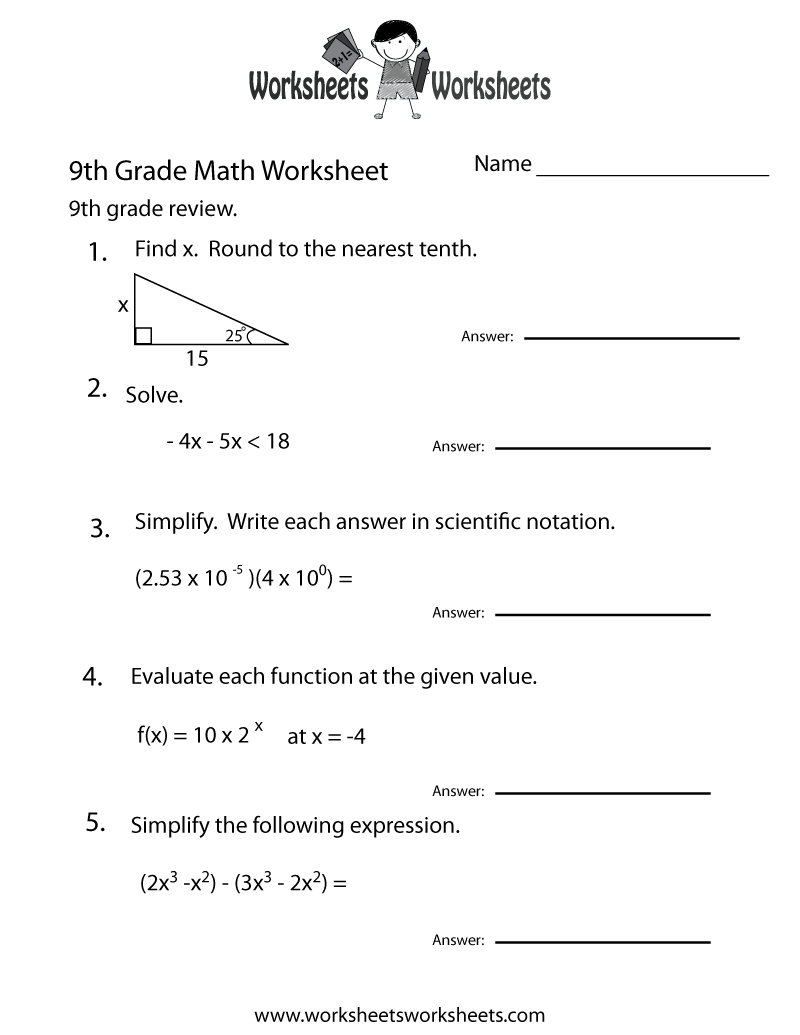



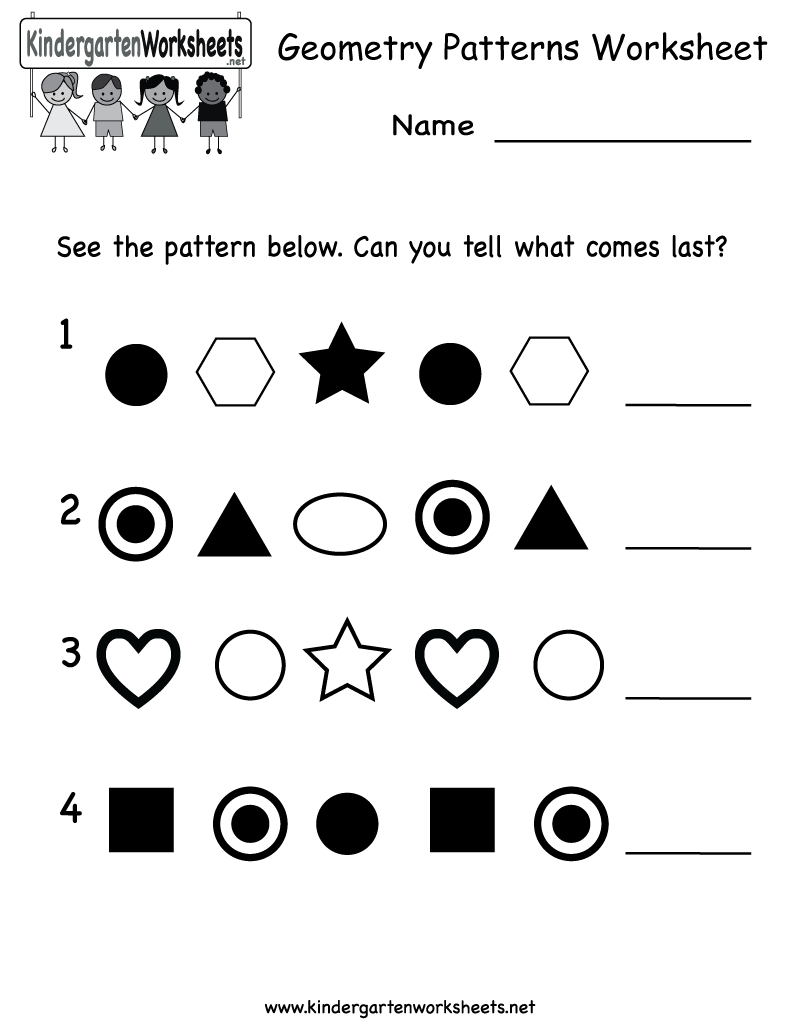
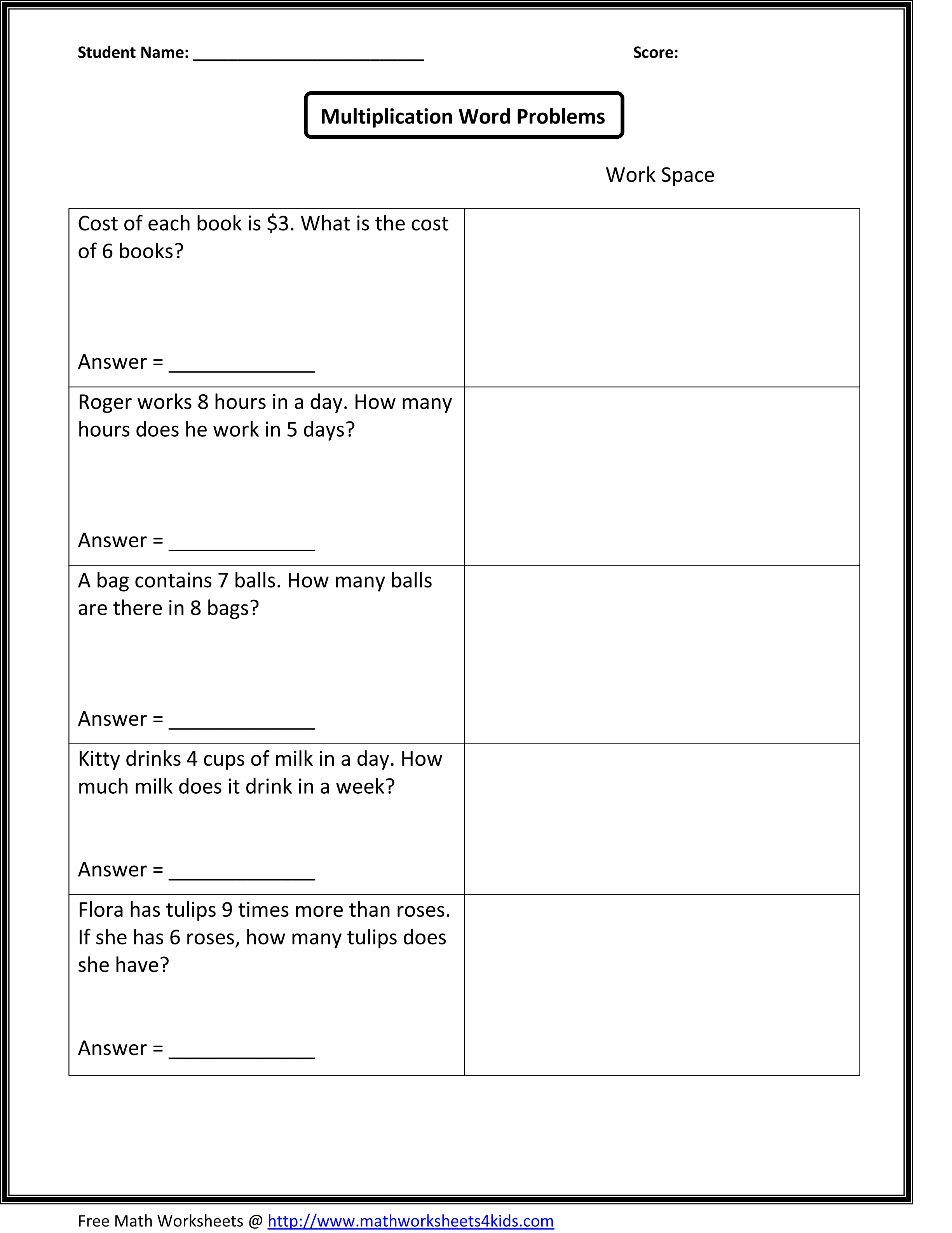


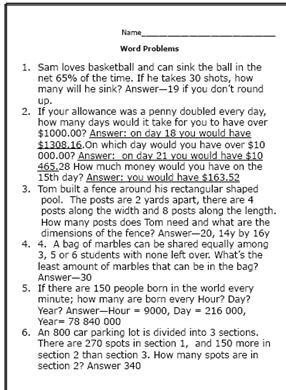
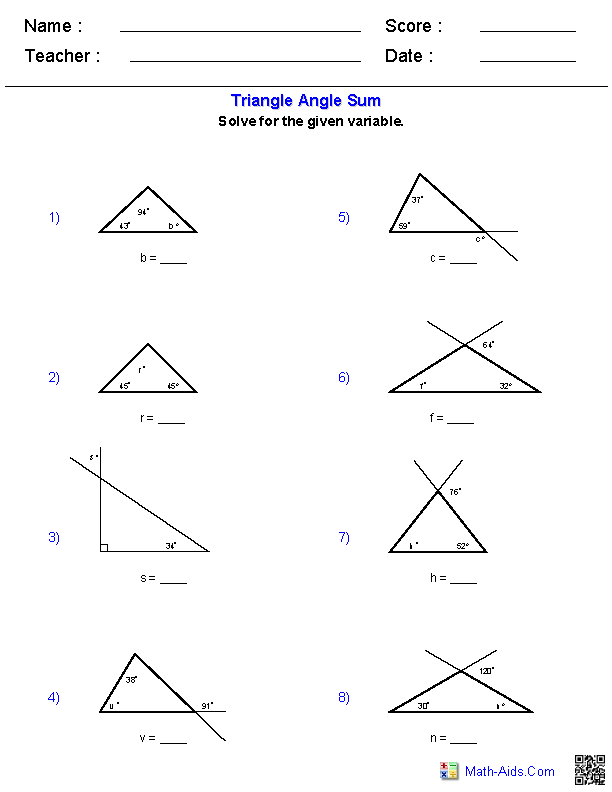
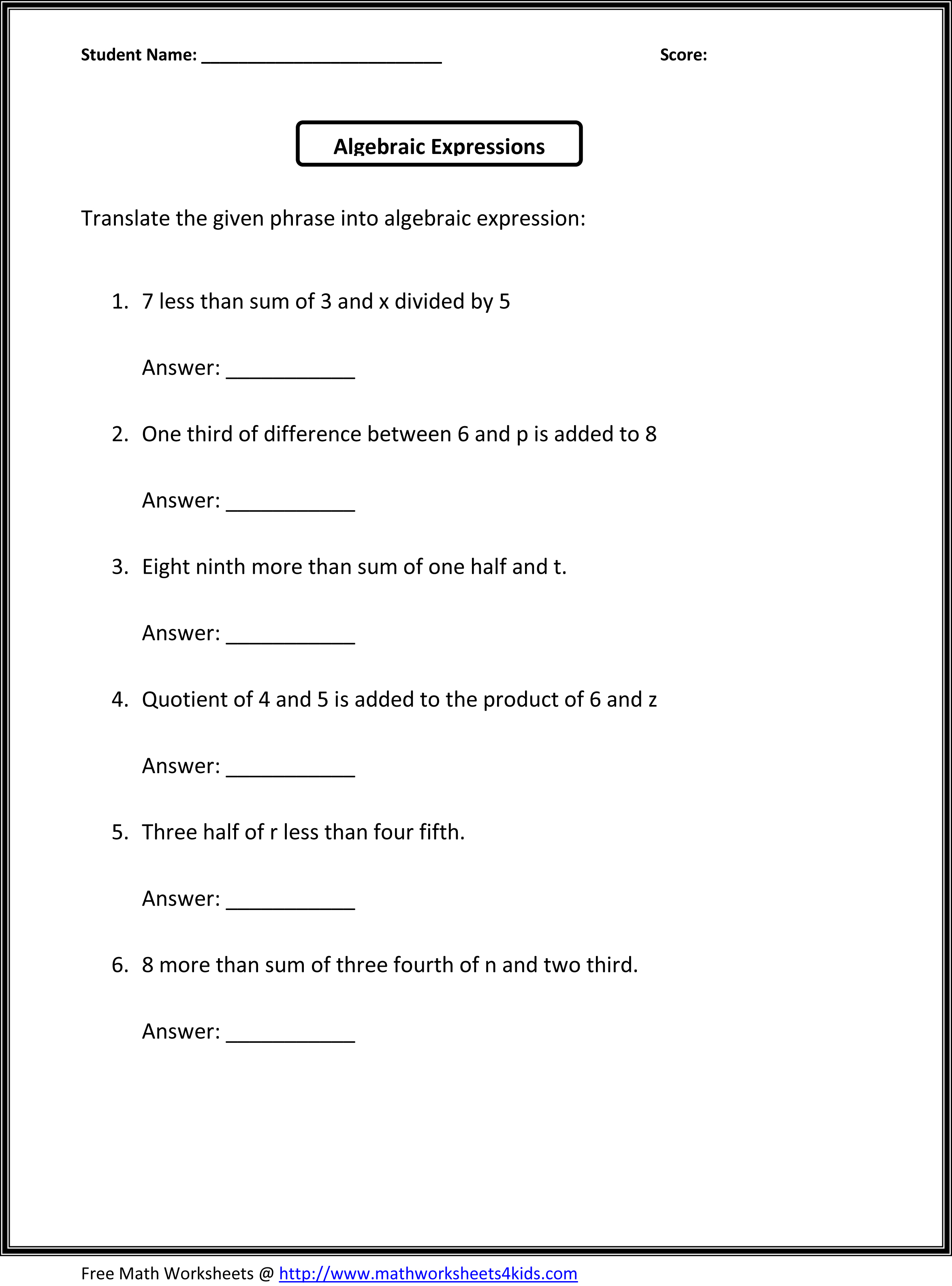















Comments